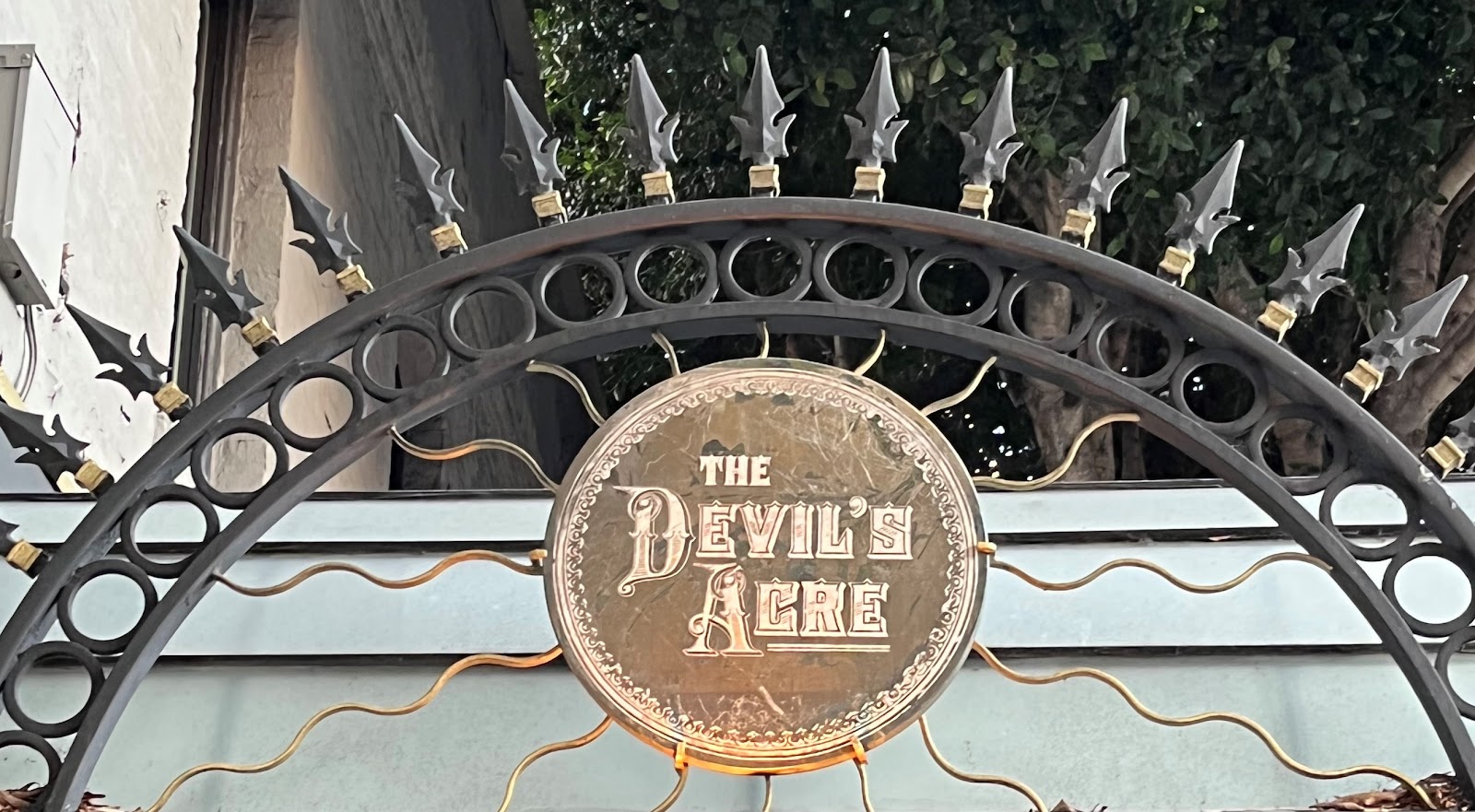
Gold changed everything as the “world rushed in”. Hoards of fortune seekers made their way to California. San Francisco was now filled with thousands of young men, living in hotels, and loaded with money. They were looking for food, drink, gambling, camaraderie, and bawdy entertainment. Many early immigrants opened restaurants, especially the Chinese. Others opened gambling halls and saloons.
Hot on the heels of the 49ers, sex workers from around the
world began to arrive. They were American, English, Chinese, German, Spanish
and French. In 1850 alone, 2,000 women, mostly harlots, arrived. Perhaps the first
to arrive were woman from Chile. American prejudices forced these
Spanish-speaking immigrants to heddle together in a small district known as Little
Chile. These pioneer prostitutes worked out of tents and crude wooden
structures near Broadway and Pacific Street. The seeds of the Barbary Coast
were sowed. The local newspaper described the area as “a bawdy, bustling, bedlam
of mud holes and shanties”.
From humble, and carnal, beginnings the Barbary Coast was
born. In the mid-1860, a visiting sailor stood up in a saloon and proclaimed, “Here’s
to the Barbary Coast, where if the whiskey doesn’t knock you out, the harlots
and hoodlums will.”
The name referred to the pirate-infested coast of North
Africa and it stuck!
Between 1870 and through the 1890s, the Barbary Coast grew
to encompass 40 square blocks. It was roughly boarded by the Embarcadero to the
east, Grant Avenue on the west, Broadway to the north and Commercial Street to
the south. It acquired a world-wide reputation as “the most naughty and
dangerous district in America”.
In 1890, the area was home to 3,117 businesses licensed to
sell “beer, whiskey, and other intoxicating beverages”. That was one saloon for
every 96 San Franciscans (today in all of San Francisco it’s 1/700). Along with
the legal establishments, there were at least 2,000 unlicensed “Blind Pigs”.
During Prohibition, these would be known as speakeasies. “Drinking was such a
fact of life that it was certainly considered no disgrace to frequent a saloon,
which the entire male populace did without embarrassment.”
After drinking, gambling was seen as the principal diversion
for the men of San Francisco, young and old alike. By 1860, there were 1,000
gambling halls open to fill the need. The Barbary Coast was an “orgy of
wasteful and extravagant spending”. A newspaper editorial noticed that “the men
of San Francisco who did not gamble were too few to be noticed.” It was well
known that “San Francisco’s politics had never suffered from undue concern with
honesty.”
Respectful elements of local society were content to ignore
the crime, gambling, brothels and drinking establishments. This “ulcer of
depravity” had become “a world-famous theme park of sin” which judges, lawyers,
government officials, clergymen, and the city’s middle class visited on a
regular basis. “Civic virtue was as rare as a snowstorm.”
At the heart of the Barbary Coast was a little triangle of
the city where Columbus Avenue intersects with Broadway, Kearny Street and
Pacific Avenue. It’s wicked and wild. It’s the Devil’s Triangle. This “bubbling
cauldron of sin” had the highest concentration of dancehalls, deadfalls (beer
& wine dens), gambling halls, melodeons (saloons with burlesque shows), and
brothels. It was vicious, depraved, and glamorous all at once. Sarah Bernhardt,
the most famous actor of the late 19th century called it, “the most fascinatingly
wicked place on earth.”
Everyone was welcome and they flocked to this “seductive
siren”. Along Kearney Street alone you could find Hell’s Kitchen, Cock o’ the
Walk, the Dew Drop Inn and many other colorfully named watering holes. One of
the most famous saloons was the Bull Run. Its motto was “anything goes here”.
Being at the center of a “wild sirocco of sin”, one can only imagine what was
included in “everything”.
The Devil’s Acre is also considered ground zero for the cocktail
culture in America. In a city built on gold and drink, what better way to pass
the time than with a bright, bitter, and boozy creation? Yes, bitter. Bitter
over sweet was seen as a sign of affluence. Enjoying delicious, intoxicating
beverages is at the core of the human experience. Sharing a drink builds
community and group solidarity.
Mixing cocktails grew out of a bartender’s need to create a
drink that tasted like whiskey without using much whiskey. A way to cheat customers
bloomed into the creation of the mojito, the world’s first cocktail. Other famous
local creations include Pisco Punch, the Sazerac. Not the Martini, but that’s another
HEAD Trip.
The Gold Rush, Barbary Coast and Devil’s Acre helped San
Francisco earn its place among the world’s six great cocktail cities (London,
Havana, New York, Paris, New Orleans & SF). As you sip your drink in
Baghdad by the Bay, you’re tasting California history.
Cheers!

